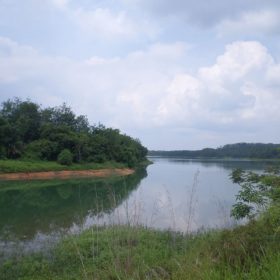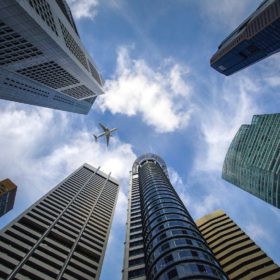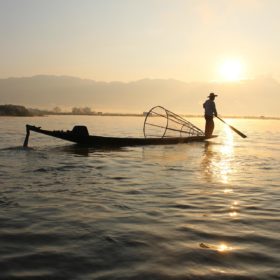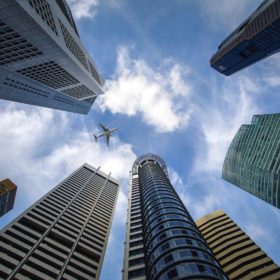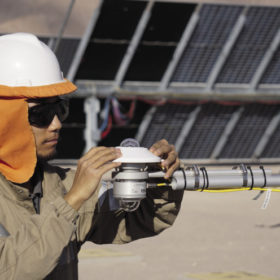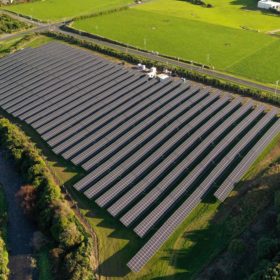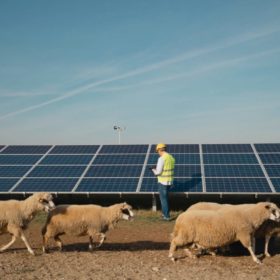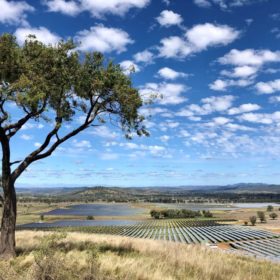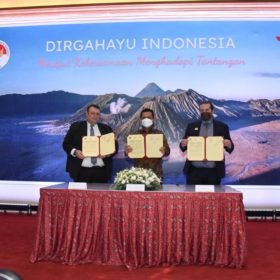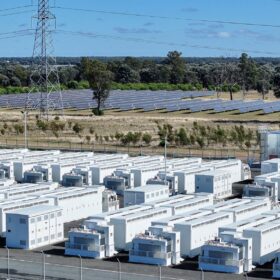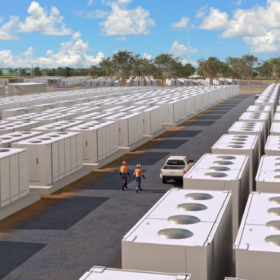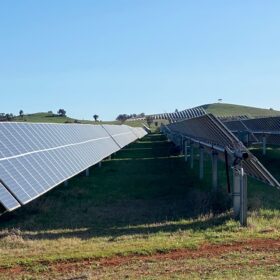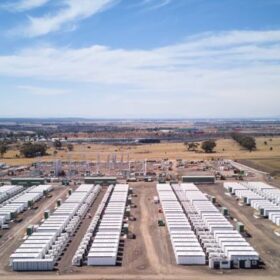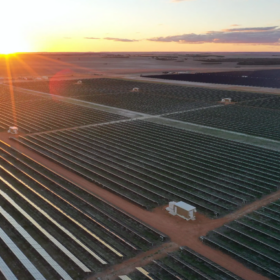Full extent of Sun Cable megaproject revealed
Singapore-based Sun Cable has submitted its Environmental Impact Statement to the Northern Territory Environment Protection Authority. The document reveals the full extent of the project’s enormity, specifically a 17-20 GW solar farm tied to 36-42 GWh of battery energy storage, which is set to be transmitted by subsea cables to Singapore.
Malaysia’s water reservoir to host 150 MW floating solar plant
The floating facility will be built by Japan’s Shizen Energy and will sell power under unspecified conditions to local utility Syarikat Air Melaka Bhd (SAMB).
Indonesia’s Riau Islands set for more big solar and storage
Developers are moving fast to meet Singapore’s clean energy needs by establishing overseas solar-plus-storage plants, with a strong focus on facilities in neighbouring Indonesia.
Myanmar’s steeplechase towards renewable energy
Myanmar’s government has announced a plan to increase conventional and renewable energy generation to address electricity shortages. Reports from Burmese exiles, however, detail increasing issues for the construction of large scale solar projects tendered prior to the military coup in February 2021 and Chinese inverter manufacturer Sungrow said the project it secured in the country’s first tender has been canceled.
Indonesia’s Riau Islands set for more big solar and storage
Developers are moving fast to meet Singapore’s clean energy needs by establishing overseas solar-plus-storage plants, with a strong focus on facilities in neighbouring Indonesia.
Weekend read: science or art? Defining the performance of bifacial modules
For some developers of ground-mounted PV, bifacial modules are already the default technology. The slight cost increase is often outweighed by an increase in energy yield. And yet “agreeing” on the right energy yield of a PV plant has always been the most heated debate between developers, investors, lenders, and technical advisers. Everoze partner Christophe Campistron looks at both sides.
Lightsource bp partners with Contact Energy to pursue large-scale solar in New Zealand
In a big week for solar in the land of the long white cloud, Lightsource bp has announced a 50/50 partnership with New Zealand’s Contact Energy to pursue a large-scale solar portfolio in the country, generation which Contact Energy will purchase through a power purchase agreement.
Google exec backs Helios Energy’s New Zealand solar pipeline
A collaboration of United States and New Zealand developers, Helios Energy received private investment from Google executive Urs Hölzle and is setting its sights on grid-scale solar developments in New Zealand.
Lightsource bp proposes 400 MW solar farm south of Goulburn
Lightsource bp’s ambitious solar capacity target of 25 GW by 2025 is driving significant expansion of its Australian portfolio, including its most recent proposal of the 400 MW Gundary Solar Farm south of Goulburn, NSW.
3.5 GW Indonesian solar plus storage facility proposes export to Singapore
A partnership between Quantum Power Asia and Berlin-based ib vogt is proposing a 3.5 GW solar and storage facility in Riau, Indonesia, an archipelago of islands south of Singapore. The AUD$6.7 billion potential project aims to export the generated solar to the Singaporean city-state by 2032, meeting 8% of its electricity needs.

